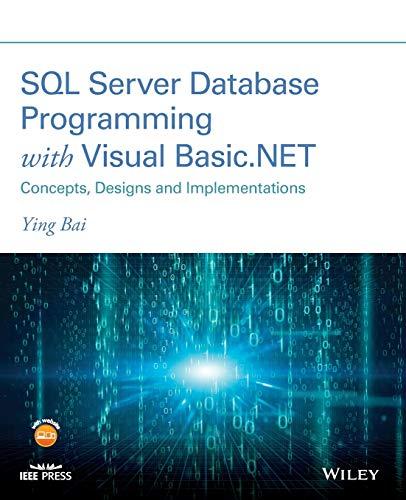Answered step by step
Verified Expert Solution
Question
1 Approved Answer
Required information Skip to question [ The following information applies to the questions displayed below. ] For Problems 9 , 1 0 , and 1
Required information
Skip to question
The following information applies to the questions displayed below.
For Problems and we will be cleaning a data file in preparation for subsequent analysis.
The analysis performed on LendingClub data in the chapter was for the years We now use LendingClub data for
Consider the rejected loan data from LendingClub titled DAA Chapter Data Similar to the analysis done in the chapter, lets scrub the debttoincome data. Because our analysis requires risk scores, debttoincome data, and employment length, we need to make sure each of them has valid data.
Sort the file based on debttoincome and remove those observations the complete row or record that have a missing score, a score of zero, or a negative score.
Assign each valid debttoincome ratio into three buckets labeled DTI bucket by classifying each debttoincome ratio into high percent medium percent and low percent buckets. Consider using nested ifthen statements to complete this. Or sort the row and manually input.
Run a PivotTable analysis that shows the number of loans in each DTI bucket.
Required:
Which DTI bucket had the highest and lowest grouping for this rejected Loans dataset?
Step by Step Solution
There are 3 Steps involved in it
Step: 1

Get Instant Access to Expert-Tailored Solutions
See step-by-step solutions with expert insights and AI powered tools for academic success
Step: 2

Step: 3

Ace Your Homework with AI
Get the answers you need in no time with our AI-driven, step-by-step assistance
Get Started


